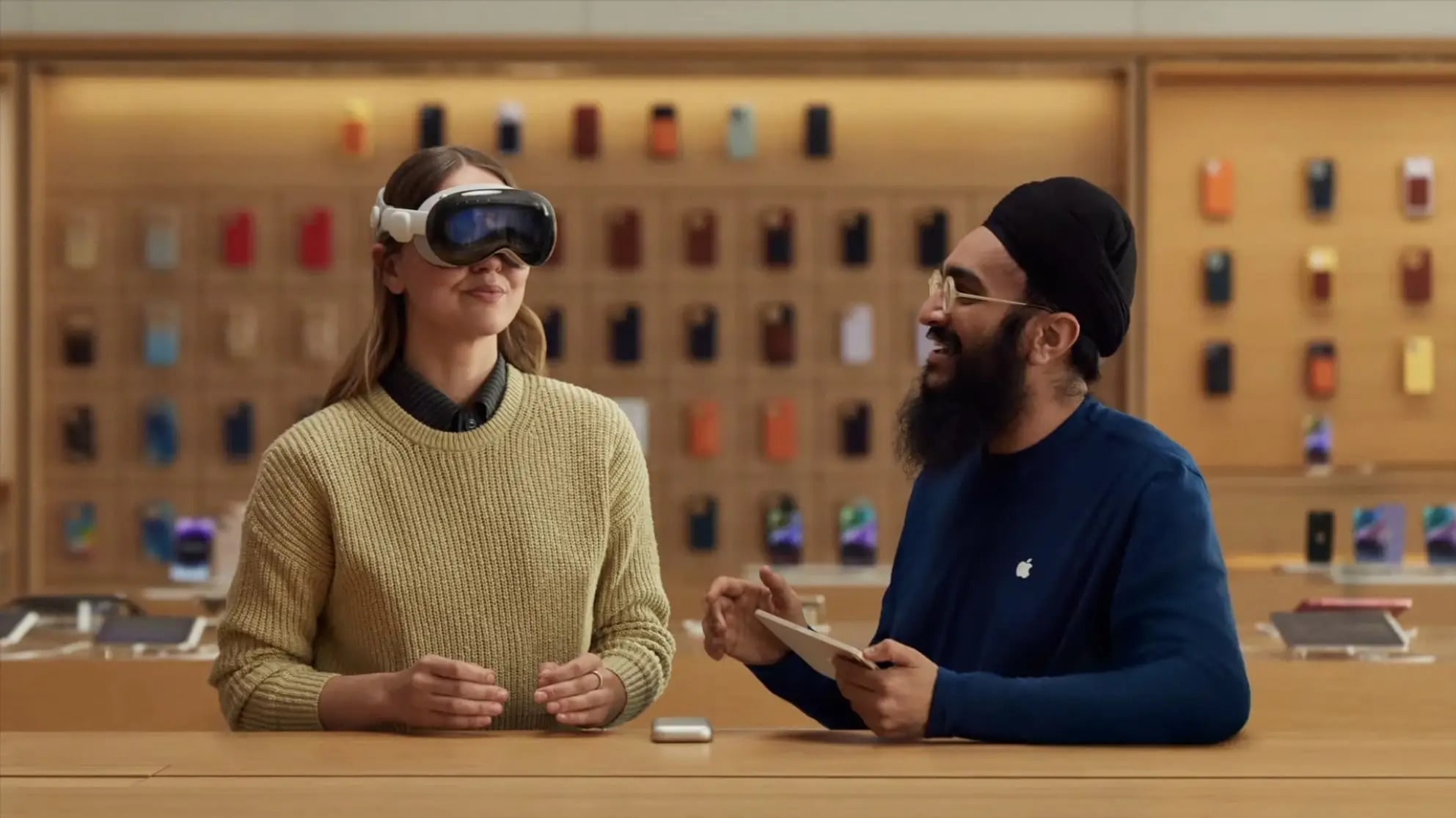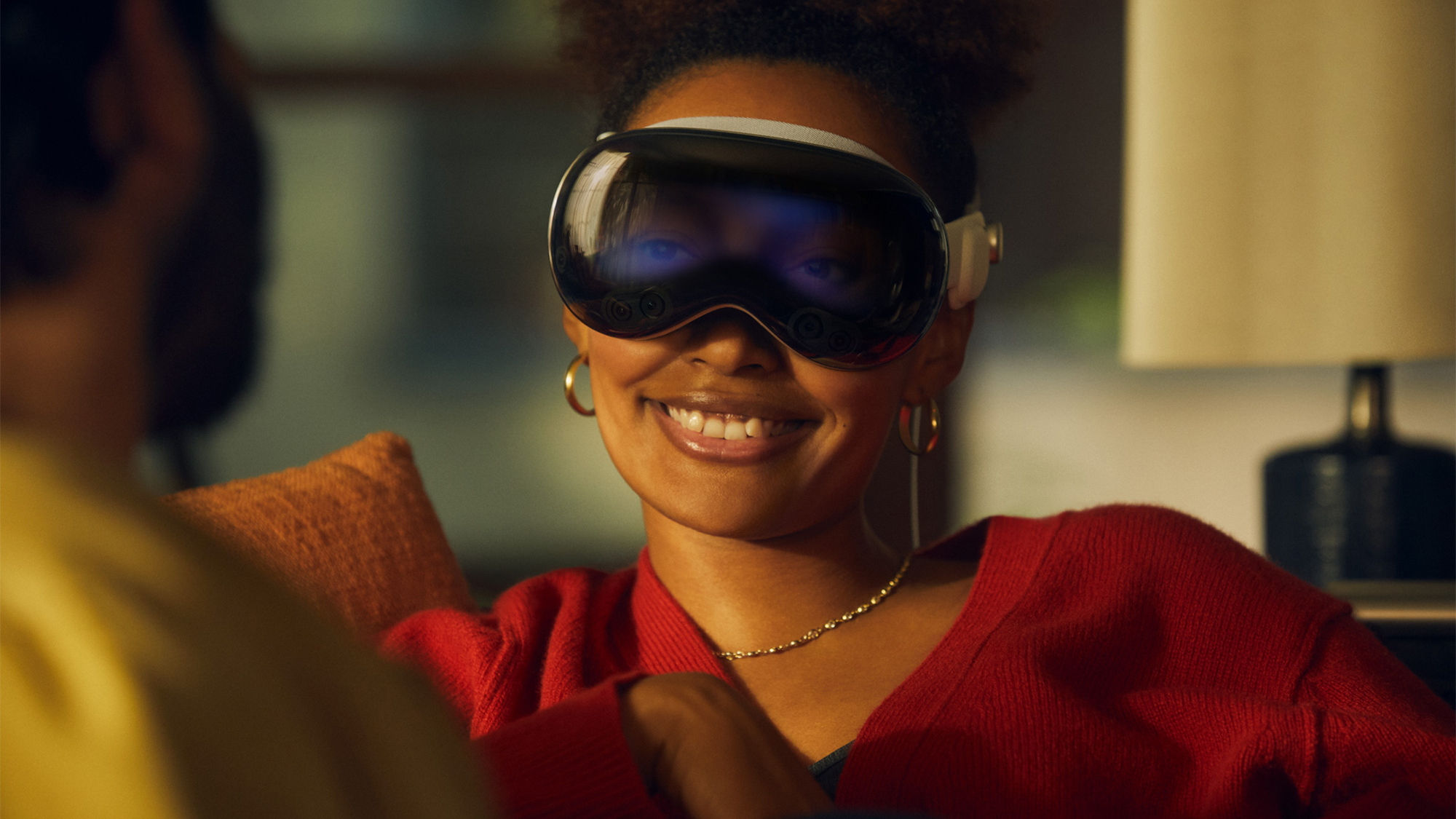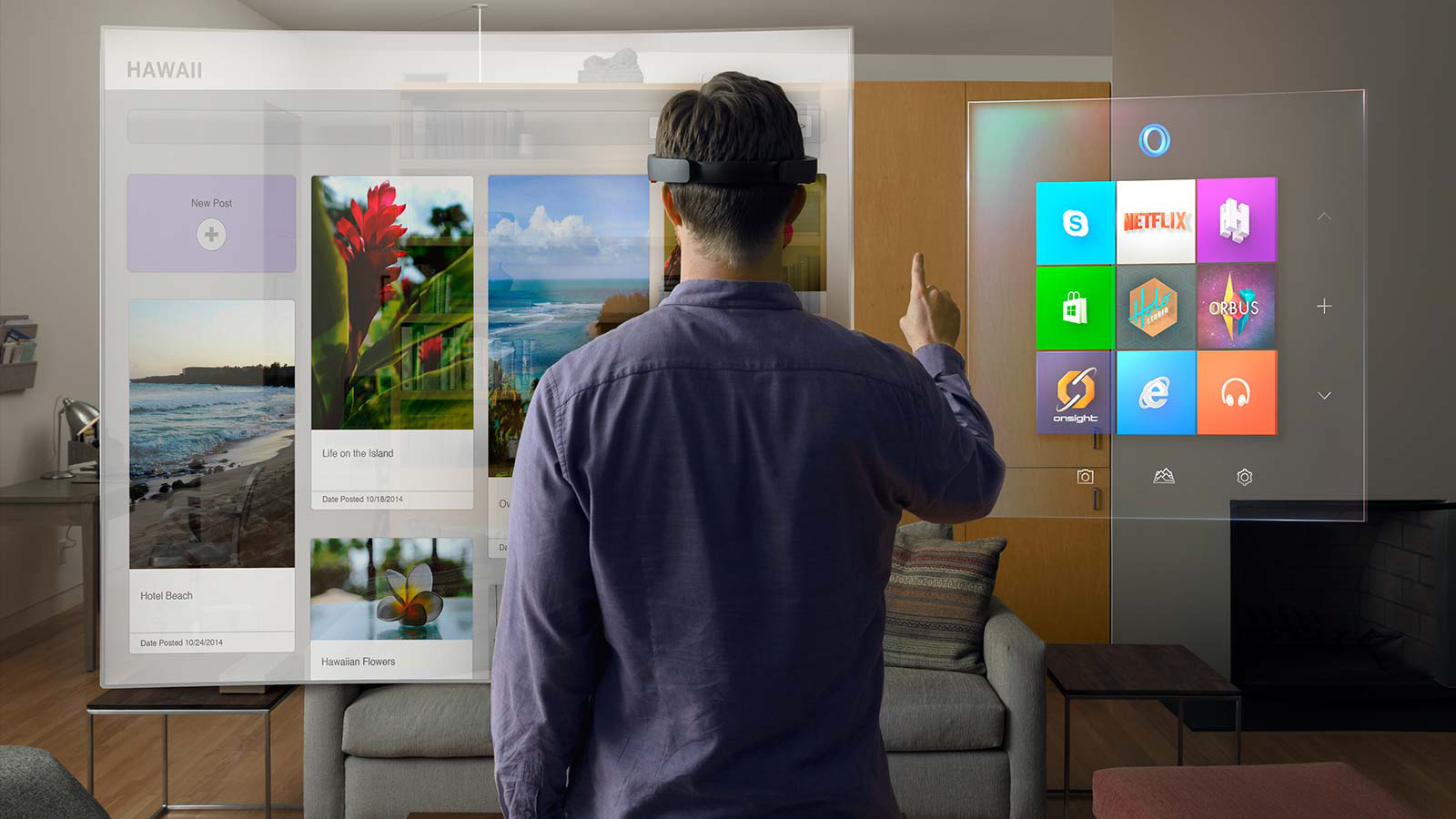I was wrong about the iPad and I hope I’m wrong about Apple Vision Pro
Can the Vision Pro win me over?

I’ve been covering Apple product launches for a long time now, and I’ll give the company one thing: even after all these years, it can still surprise me – and I’m hoping it does it again with the Apple Vision Pro.
In fact, I don’t want it to just surprise me – I want it to prove me wrong. Make me eat my words. Humiliate me (ok this is getting a bit weird).
Why? Because I think the Apple Vision Pro is an expensive folly that will have no appeal to people outside of the most ardent fans of the Cupertino company. And, I want to be wrong about that. Despite my reservations, I’d love to see Apple make good on all its lofty promises about the headset, to really change the way we interact with our devices, and to transform the market.
It’s happened before. Back in 2010, when Steve Jobs showed off the first iPad, I thought, "This is it, Apple has lost the plot. Again." I saw Apple’s visionary CEO waving about what I thought looked like an oversized iPod and decided there and then that we were about to enter the second Apple Dark Age.
Of course, I was wrong. The iPad was a hit and proved itself to be so much more than a bigger, less portable, version of the iPod. While the iPod faded into irrelevance, the iPad continues to be a huge success, and for many people is the product they think of when someone mentions (non-medical) tablets.
I now own an iPad and used it while on holiday instead of taking my laptop with me. Apple proved me wrong, and I’m glad it did – I doubt tablets would be anywhere near as successful if the iPad didn’t exist and show competitors how it should be done.

Apple’s vision... but not mine
My reaction to the Apple Vision Pro unveiling last year was similar. What Apple showed certainly seemed like it had impressive potential, but I couldn’t help but feel like I’d seen it all before. I’ve tried and owned several virtual reality headsets, and while I’ve been initially impressed with the experience, they’ve mainly been left to gather dust after a few sessions.
The immersion VR offers wasn’t enough to make up for the inconvenience of setting up and using a VR headset, some of which were heavy, uncomfortable, and tethered to a PC with a cable. Shutting yourself off from the outside world also didn’t appeal to people with family and pets.
In the end, a lot of companies, such as Microsoft, HP, and Dell, lost interest in VR headsets – taking their lead from unenthusiastic customers. The companies that still believe in VR – Meta, Valve, and maybe some others I’ve forgotten about – are fighting over a market that remains resolutely niche.
So, it was a surprise to see Apple announce a headset seemingly so late to the party. And, while the company is at pains to explain that the Vision Pro is not a VR headset, a lot of the issues those headsets faced (uncomfortable, inconvenient, not really adding anything to our daily lives) still apply – hence my apprehension.
With a focus on how the Vision Pro can replace computers and help out in a variety of professions (and with a huge price tag to match), it also brought to mind Microsoft’s Hololens headset. Again, impressive tech with lofty ambitions, but do you ever hear people talking about Hololens anymore? I don’t think even Microsoft talks about it.

So, ignoring the high asking price, which puts it out of the reach of most people, and the almost obligatory over-priced accessories and add-ons that Apple is also selling (a $199 travel case, and Zeiss Optical Inserts that start at $99 and are essential for people who wear glasses, for example), the real obstacle I see for the Vision Pro becoming anything more than an extremely niche product is that it doesn’t seem to fix or improve our existing way of doing things. For heavy-duty computing, such as industrial design and architecture, a traditional PC or laptop remains the best form factor. Similarly, I can’t see many workplaces swapping out the PCs or laptops at people’s desks for Vision Pro headsets that limit collaboration and communication – exactly the opposite of what Apple has designed the headset for.
Watching movies and TV shows will no doubt be impressive and immersive on the Vision Pro, but TVs and good sound systems will continue to be the best way to enjoy media – especially if you want to be social while doing so.
On the other hand, the iPad showed how the tablet form factor could make reading and browsing the internet far more intuitive, and watching shows in bed or while traveling can be more comfortable. And, as I found, with the right accessories and apps, it could even work as a replacement for a laptop.
Crucially, you could tell how the iPad could change the way you do things by just seeing it – something that you can’t with the Vision Pro. You’re going to need to test it out in person. Maybe that’s what I need to do. When the Vision Pro finally launches in the UK, I’ll definitely be trying it out – and it could transform my opinion. If that happens, and I truly am wrong, then I’ll be happy to admit it. Until then, I’m simply not sold on it.
You might also like
Get daily insight, inspiration and deals in your inbox
Sign up for breaking news, reviews, opinion, top tech deals, and more.

Matt is TechRadar's Managing Editor for Core Tech, looking after computing and mobile technology. Having written for a number of publications such as PC Plus, PC Format, T3 and Linux Format, there's no aspect of technology that Matt isn't passionate about, especially computing and PC gaming. He’s personally reviewed and used most of the laptops in our best laptops guide - and since joining TechRadar in 2014, he's reviewed over 250 laptops and computing accessories personally.